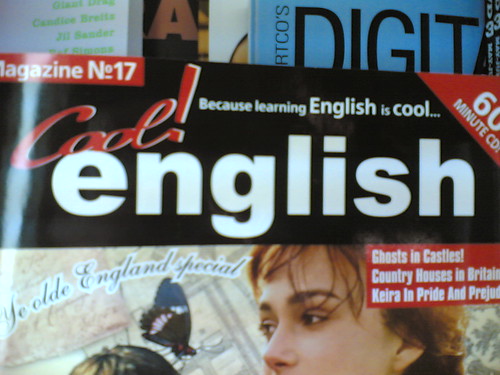 คำถามหมวด Hometown/village
คำถามหมวด Hometown/villageจะถามเกี่ยวกับย่านที่อยู่หรือบ้านเกิดของเรา
ว่ามีสถานที่อะไร มีอะไรโดดเด่น เพื่อนบ้านเป็นยังไง
หมวด Hometown/village เจอได้บ่อยมากใน Speaking Part 1
ดังนั้น เราจึงควรเตรียมคำตอบไว้ล่วงหน้า เพื่อจะได้ไม่ต้องเสียเวลาคิดตอนสอบ
อีกสิ่งที่สำคัญ คือ topic-specific vocabulary
หรือ คำศัพท์เฉพาะหมวด
(สังเกตคำที่เป็นตัวหนา)
What kind of place is it?
I live in a condominium village called LPN which is in Ramindhra which is in Northern part of Bangkok, about one-hour drive from Siam Square. It is a green and peaceful village in suburban area and it has got a really relaxed atmosphere and excellent amenities. About five hundred people live in this village.
What’s the most interesting part of your home area?
One of the most interesting features of my home area is the means of transport. Fortunately, it is near a convenient bus route, sky train and subway system so people do not have to commute to a far place to do their work. There is also a plan to extend the sky train to my home area in the future. It is also near Don Muang domestic airport. Another thing is I enjoy a sense of community here.
What kind of jobs do people in your town/village do?
Mostly inhabitants of this village are employees of government authorities but some of them are workers of private companies such as ABC Airways.
Would you say it is a good place to live? Why?
Totally, I would recommend anyone to live here. Apart from convenient means of transport, it is located near many department stores such as ....., as well as a fascinating historic town of Ayutthaya, the old capital city of Thailand 600 years ago. There are plenty of historic sites and temples in this province.






![MPj04393930000[1]](http://farm3.staticflickr.com/2609/5843577632_d146208a9c.jpg)









